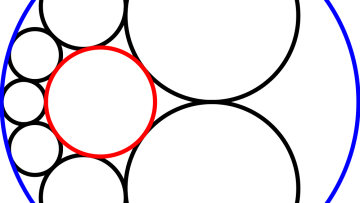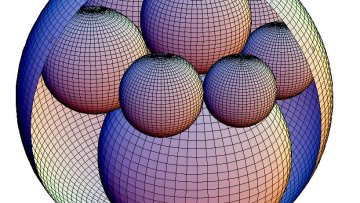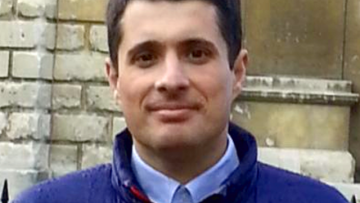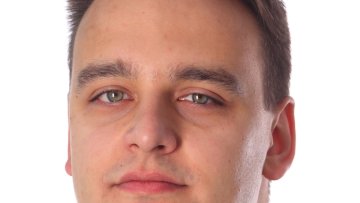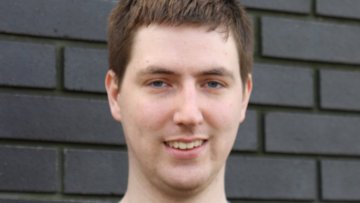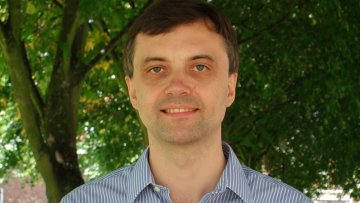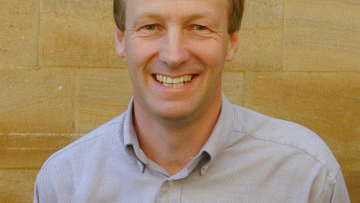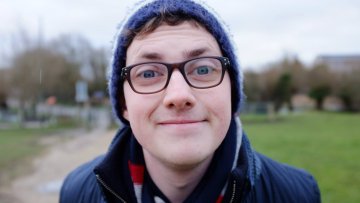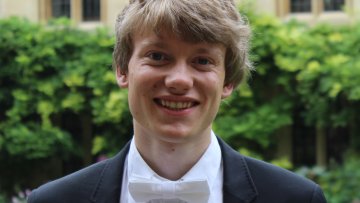16:00
The Einstein Equation on Manifolds with Large Symmetry Groups
Abstract
In this talk I will discuss the problem of finding Einstein metrics in the homogeneous and cohomogeneity one setting.
In particular, I will describe a recent result concerning existence of solutions to the Dirichlet problem for cohomogeneity one Einstein metrics.


